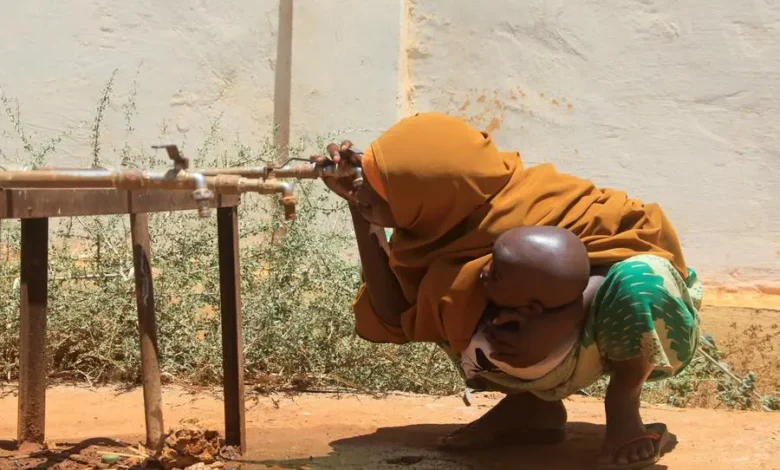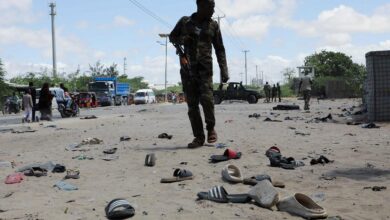43,000 Estimated Dead in Somalia Drought Last Year

A new report says an estimated 43,000 people died amid Somalia’s longest drought on record last year and half of them likely were children under 5 years old.
It is the first official death toll announced in the drought withering large parts of the Horn of Africa.
At least 18,000 people, and as many as 34,000, are forecast to die in the first six months of this year.
“The current crisis is far from over,” says the report released Monday by the World Health Organization and the United Nations children’s agency and carried out by the London School of Hygiene and Tropical Medicine.
Somalia and neighboring Ethiopia and Kenya are facing a sixth consecutive failed rainy season while rising global food prices and the war in Ukraine complicate the hunger crisis.
The U.N. and partners earlier this year said they were no longer forecasting a formal famine declaration for Somalia for now but called the situation “extremely critical” with more than 6 million people hungry in that country alone.
Famine is the extreme lack of food and a significant death rate from outright starvation or malnutrition combined with diseases like cholera. A formal famine declaration means data shows more than a fifth of households have extreme food gaps, more than 30% of children are acutely malnourished and over two people out of 10,000 are dying every day.
“The risk of famine still remains,” the U.N. resident coordinator in Somalia, Adam Abdelmoula, told journalists on Monday.
Some humanitarian and climate officials this year have warned that trends are worse than in the 2011 famine in Somalia in which a quarter-million people died.
“The death rate was increasing as the year came to a close,” London School of Hygiene and Tropical Medicine professor Francesco Checchi told journalists. The hardest-hit populations are in Bay and Bakool in southwest Somalia and displaced people who have fled to the capital, Mogadishu.
Millions of livestock have died in the current crisis compounded by climate change and insecurity as Somalia battles thousands of fighters with al-Qaida’s East Africa affiliate, al-Shabab. The U.N. migration agency says 3.8 million people are displaced, a record high.
A food security assessment released last month said nearly a half-million children in Somalia are likely to be severely malnourished this year.
This time, the world is looking elsewhere, many humanitarian officials say.
“Many of the traditional donors have washed their hands and focused on Ukraine,” the U.N. resident coordinator told the visiting U.S. ambassador to the U.N., Linda Thomas-Greenfield, during a briefing in Mogadishu in January.





